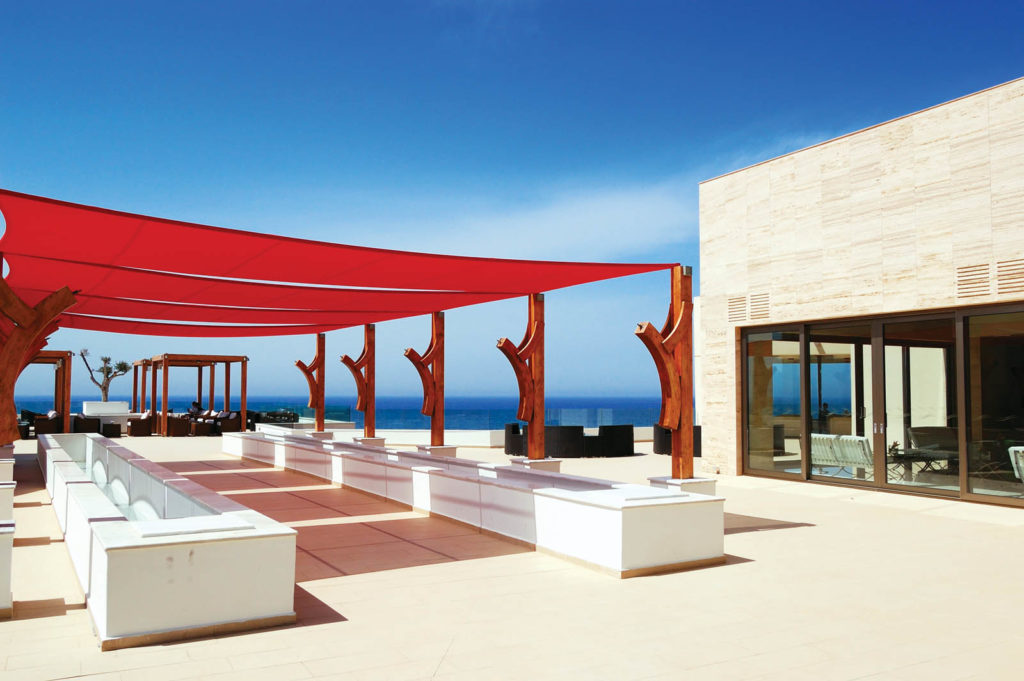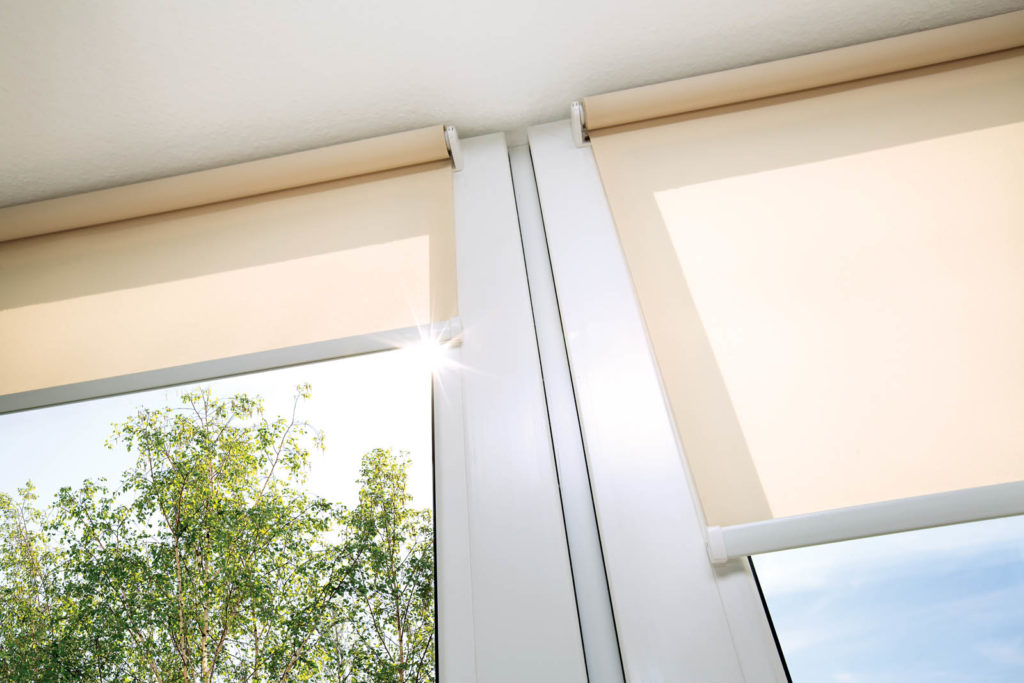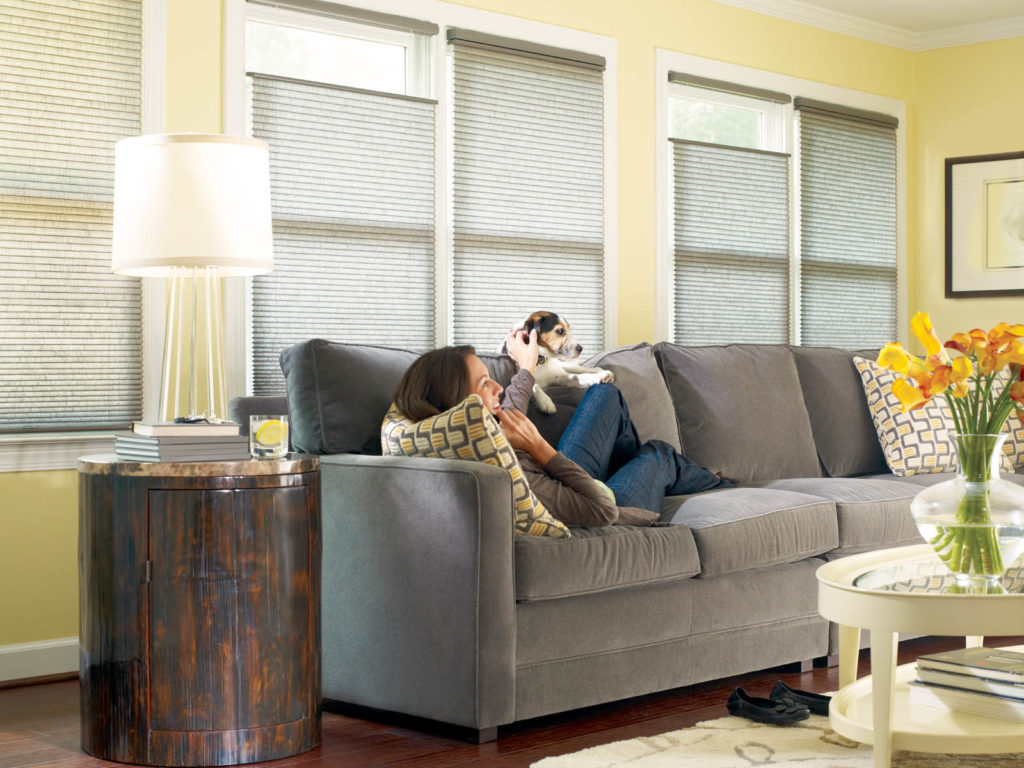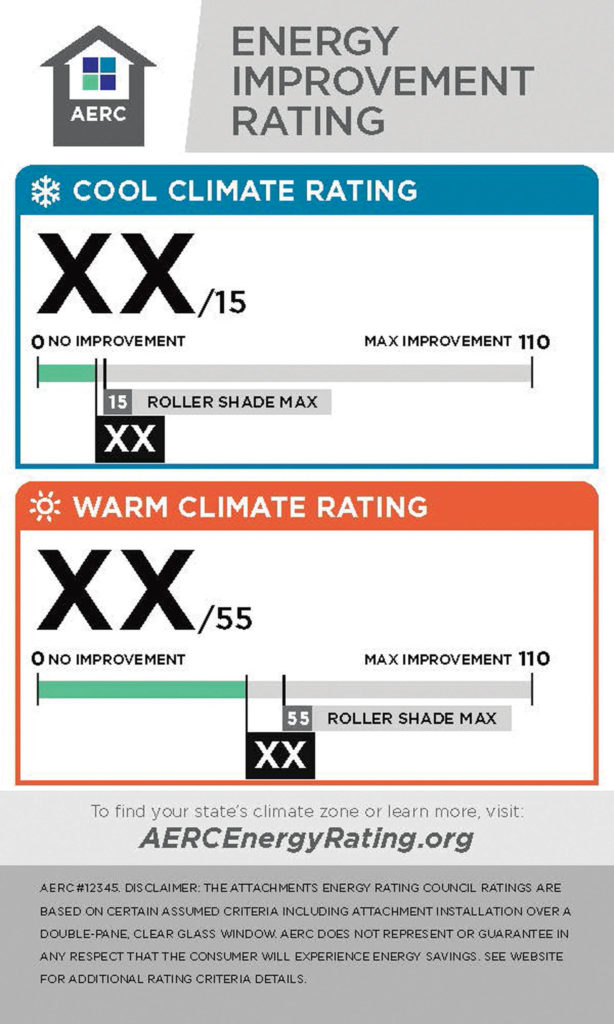Efforts to better market the energy-saving properties of shade products can help consumers and builders make more informed decisions—and move the industry forward.
By Holly Eamon
It’s easy for people to agree on the need to better regulate temperatures and air quality—and save money—when heating and cooling homes, offices and everything in between.
To the shade industry, fabric is an obvious solution to this goal, but room for improvement lies in the efforts to communicate this message to both consumers and builders.
“Domestically, there needs to be a better understanding that fabric is not just something you wear. It has so much more strength than people give it credit for,” says Steve Fredrickson, sales director at Hudson, N.C.-based Sattler Corp. “This also isn’t taught to designers enough. As an industry, we need to start doing much more groundwork on building a foundation of understanding in the architectural community. Our survival depends on it.”

Focus on the finish
For years, heating and cooling issues have mostly been solved by increasing the number of air-conditioning and heating units in buildings. With the need for lower-energy, longer-term solutions more apparent than ever, the shade fabric industry has a momentous opportunity to demonstrate its value. Applications such as awnings, pergolas, tensile structures and facades, which use fabric as their primary components and are readily available in the marketplace, can greatly reduce the energy load on a building. But how well is this understood by those outside of the shade fabric industry?
“Architects are willing to work with fabric, but there has to be a history of success with the products that use it. They’re not willing to just try something out on a project designed to last 30 to 40 years,” says Fredrickson, a speaker at IFAI Expo on “Selling Energy Reduction with Fabric.” “When we, as an industry, talk to them, we need to talk about finished systems—and have evidence to back up our claims. Because they’re operating on billable hours, they likely can’t take a meeting to learn about fabric, but they would be interested in learning how to make a building more efficient; everything has to be relatable to a project.”
The key is to focus on the return on investment (ROI); for example, show an architect why a branded pergola would allow a restaurant to add more tables—and revenue streams. Fredrickson recalls a mesh building wrap project he previously worked on in Los Angeles that contributed to a 42 percent energy reduction and has paid for itself five times over. He developed an ROI study around it that helped him educate others on—and sell—several similar projects.
Though efficiency standards in the United States are less strict than those in Europe and Canada, Fredrickson sees imminent improvement. Part of this is due to continual work by the American Institute of Architects and the U.S. Green Building Council to inform stronger policies and entities. “We’re going on the right path,” he says. “Reducing our demand for energy and making our buildings more efficient will improve our way of life. It’s time for all of us to do a better job.”

Boosting credibility
Consumers play an important role in this evolution. To help them make educated decisions, the Window Covering Manufacturers Association and the U.S. Department of Energy funded the 2014 formation of the membership-based Attachments Energy Rating Council (AERC). AERC is developing credible rating, certification, labeling and performance verification procedures for the window attachments industry to provide accurate information to consumers—including architects and builders—about the energy performance of attachments. Its membership comprises window attachment and component manufacturers, public interest organizations and utilities.
“Prior to our creation, there was no way for consumers or stakeholders in the industry to evaluate whether a product was going to make their home more energy efficient,” says Erika Burns, program manager for the New York City-based organization. “Unlike other energy-focused programs, ours doesn’t have a minimum efficiency or performance requirement. It’s just meant to enable companies to test and certify products in an apples-to-apples comparison, and consumers can use that information however they want.” Burns is a speaker at IFAI Expo on “Marketing Energy-Efficient Fabrics.”
AERC spent its first four years developing the testing and technical procedures in partnership with the Lawrence Berkeley National Laboratory (LBNL). It also created a label for certified products that provides warm and cool climate ratings to help consumers conceptualize whether or not a product is going to save energy and money for them.
“Fabric is the driving factor of whether a product is going to be energy efficient or not,” Burns says, “so, what our program measures is twofold.” The first step is testing the fabric using a first-of-its-kind procedure that measures thermal and optical properties of fabrics and other materials used in window attachments. Then, the full product is simulated using software tools developed by LBNL. This provides the ratings listed on the label.

The timeline for companies to complete both steps in the testing process depends on how organized they are, Burns says. “From start to finish, if you do not have any testing completed, it could take up to six months. Getting a good plan in place and understanding the deadlines are crucial to ensuring a smooth process.” Both steps are not required; for fabric manufacturers, the fabric testing alone may be sufficient to enable customers to then certify their window attachment products.
The certification program launched in March 2018 for a subset of products. Product types currently available for certification include interior and exterior roller shades, zip shades, zip screens, exterior solar screens, storm windows and panels, pleated shades and blinds. Roller shutters and awnings will be added in 2020.
AERC does not actually do the testing. Its procedures are available for purchase by any lab across the country that demonstrates its ability to execute the testing by participating in LBNL’s Inter-Laboratory Comparison; AERC membership is not required.
Driving sales
Using a standardized rating approach developed by a national lab can lend legitimacy to manufacturers’ claims about their products’ performance. “We’re trying to make it easier for people to save energy and money on their bills and provide added comfort in their homes,” Burns says. “If they don’t care about saving energy, they still might not like that their windows have drafts in the winter or how much of the sun’s heat they can feel in their home during the summer. An independent label that confirms a product’s ability to address these issues may be more influential in their decision to purchase the product.”
While third-party verification informs decision-making, AERC is taking money-saving motivation a step further. “Many utility programs across the country offer rebates and incentives for efficient products,” Burns says. “If you buy an energy-efficient refrigerator, for example, you might get a $300 rebate. We’re trying to help utilities perceive window attachments as another way to measure efficiency.” This would help manufacturers drive sales and product awareness as well. AERC has facilitated two successful storm window utility incentive pilots for customers in Vermont and Wisconsin, and is in discussions with organizations in Colorado, Maryland and the Pacific Northwest to launch pilots for cellular and automated shades.
With shared motives shaping the actions of consumers, builders and manufacturers, effective communication and education is essential to ensuring those goals are met alongside the energy-reduction targets critical to everyone’s future.
Sidebar: Rating label
The new Energy Improvement Rating Label from the Attachments Energy Rating Council (AERC) certifies the performance of window attachments to help builders and consumers compare products that will make homes more comfortable and energy efficient. A “Warm Climate” and “Cool Climate” rating system helps consumers choose the best product for where they live in the United States. AERC is an IFAI member, and the Professional Awning Manufacturers Association (PAMA) supports AERC’s rating system initiative, attending biannual meetings focused on this effort.
Holly Eamon is an editor and writer based in Minneapolis, Minn.
 TEXTILES.ORG
TEXTILES.ORG



